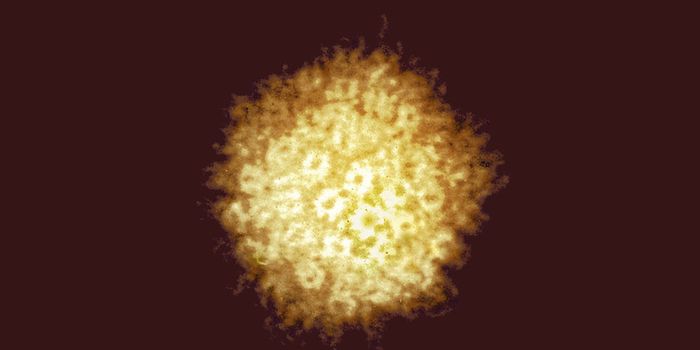Mapping Brain Folds As They Develop
It takes nine months for a baby to grow from a few cells to a full-term newborn and there’s a lot going on during the entire time. Brain development is constant, but during the last trimester of pregnancy, it goes into overdrive.
It’s during this part of pregnancy that the cerebral cortex—with all the wrinkles—increases in size and it’s during this growth that the tissue begins to fold into those particular patterns. The pattern of folds is much like a fingerprint, unique to each baby. The way these shapes happen is also very individual and can vary significantly from child to child.
Wouldn’t that be fascinating to watch? Researchers from Washington University in St. Louis thought so and also wanted to find out if mapping and measuring this growth could help develop better ways to diagnose potential problems that can result when the brain doesn’t develop properly. Especially in premature babies, who are born before this process is finished, knowing how it works is crucial to understanding developmental problems that are related to this phase of growth.
Philip Bayly is the Lilyan & E. Lisle Hughes Professor of Mechanical Engineering at the School of Engineering & Applied Science at Washington. He explained, “One of the things that’s really interesting about people’s brains is that they are so different, yet so similar. We all have the same components, but our brain folds are like fingerprints: Everyone has a different pattern. Understanding the mechanical process of folding — when it occurs — might be a way to detect problems for brain development down the road.”
The engineering department worked closely with colleagues at the Washington University School of Medicine to conduct research that included 3D images of MRI scans from 30 premature babies. Between 28 and 38 weeks gestation, the babies were scanned 2 to 4 times each week. Images captured of the brain during this rapid growth period were compiled.
Then it was time to bring in the big data. Using a computer algorithm developed for the study and with help from still more researchers at Imperial College and King’s College in London, the teams came up with “point to point correspondence” on the series of images, matching scans done earlier to those done later. They did this for each baby in the study, and much like when a cartoonist overlays one image on another, they could see the pattern of growth and folding and calculate exactly how the expansion would go. Finally, they compared each visual progression map and looked for small differences in the patterns of folding. It’s an approach called “minimum energy,” and it works on the principle that nature is efficient. Points from younger scans were correlated with those from older scans in a way that is expected, that minimizes theoretical distortions or development and focuses on what is most likely. In other words, just the folds, ma’am.
Knowing how each child’s brain developed, in what order and in how the patterns formed can be a great resource in a NICU when preemies often struggle with complications from being born before the process could be completed normally. It could also help later in life since preemies are at higher risks for conditions like autism or schizophrenia. Knowing a baby’s precise development pattern could be invaluable decades down the road. Check out the video for more info on how this wrinkle development happens.
Sources: Washington University Proceedings of the National Academy of Sciences









